
While the score of IQ does not determine or justify the genius of a physicist, it is still a good measure to keep. The IQ of a person is always an estimate of their intelligence, but might not be accurate.
Having said that, following are the IQ scores of renowned physicists. Who had the highest IQ and who had (surprisingly) the lowest? Let's see.
1. Albert Einstein
German physicist Albert Einstein made substantial contributions to physics and won the Nobel Prize for explaining the photoelectric effect. Einstein's IQ is said to be somewhere around 160 to 190.
2. Richard Feynman
Feynman was a charismatic physicist who is well known for playing the bongo. His work includes quantum electrodynamics, Feynman diagram and contribution to the Manhattan project. Feynman's IQ is said to be 125 and he loved joking about it.
3. Stephen Hawking
English astrophysicist Stephen Hawking is popularly known for his work in the field of big bang cosmology and black holes. Hawking's IQ is around 160.
4. Nikola Tesla
Tesla was a genius inventor who laid the foundations of alternating current technology which is used to power any modern household. Tesla's intelligence is often debated, and some claims about his IQ are exaggerated. However, the estimate is around 160 to 250.
5. Carl Sagan
American astronomer Carl Sagan is known for his popular show Cosmos: a personal voyage. He was among the first to accurately describe the atmosphere of Venus. His interest was to explore the universe for signs of extraterrestrial life. Sagan's IQ was around 150.
6. Werner Heisenberg
German physicist Heisenberg is considered the father of quantum mechanics. He is most famous for proposing the uncertainty principle, which is the cornerstone of quantum physics. Heisenberg's IQ was somewhere around 155.
7. Paul Dirac
Dirac is also considered one of the fathers of quantum mechanics. His most famous contribution is the accurate prediction of the existence of anti-matter for which he earned a Nobel prize. Dirac's IQ was higher than Einstein's, somewhere around 180-200.
8. Niels Bohr
Bohr was among the first to welcome the quantum revolution and supported the theory with all his influence. He is known for proposing the hydrogen model of atom and laying the foundations of quantum physics. Bohr's IQ was from 150 to 160.
9. Marie Curie
Madame Curie was among the brightest scientists who is the only person to win two Nobel prizes in two different sciences. Her IQ is estimated to be around 180 to 200.
10. John Wheeler
American theoretical physicist John Wheeler worked with Niels Bohr to explain nuclear fission. But he is widely known as the person who coined the term black hole. Wheeler's IQ was around 150 to 160.








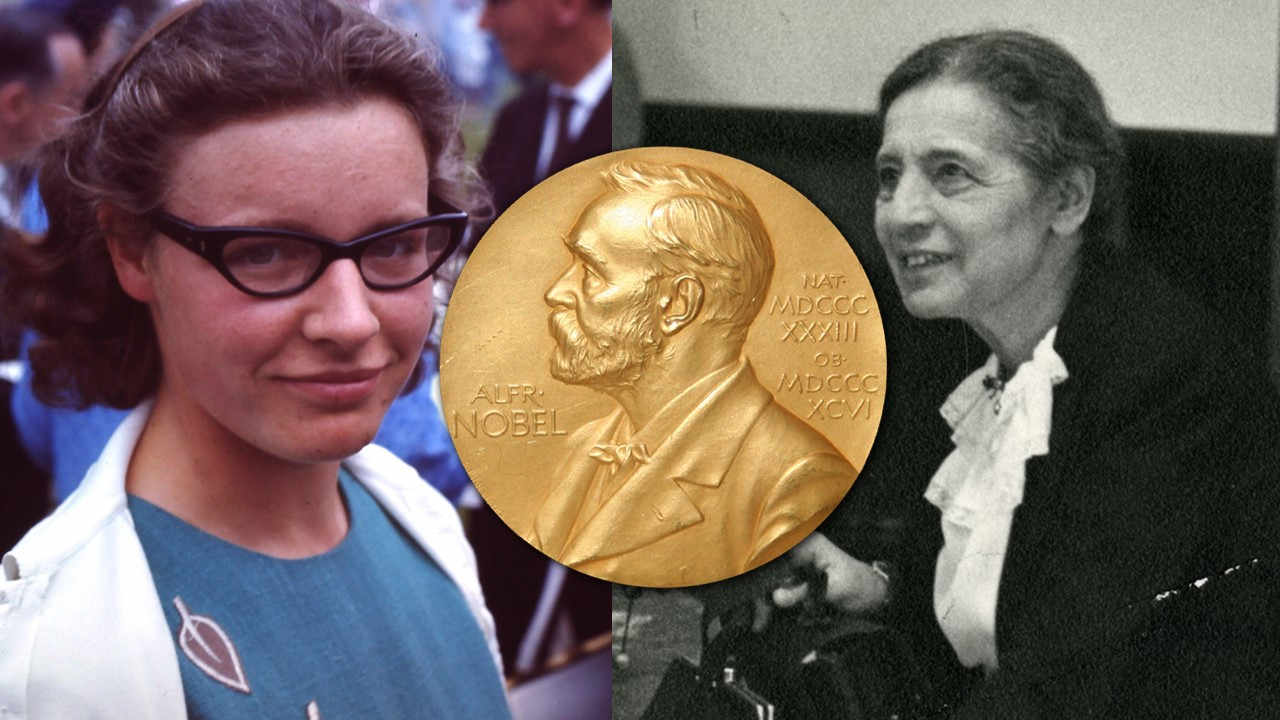
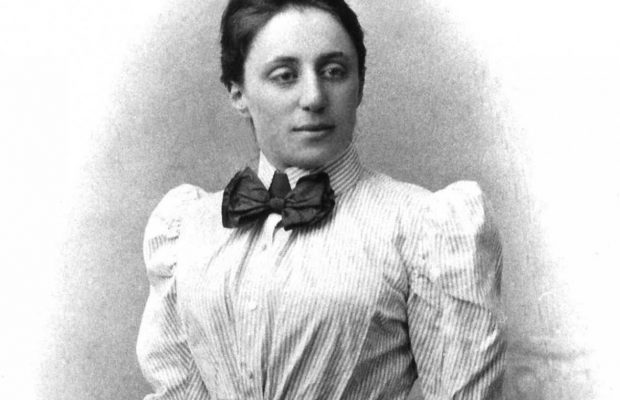
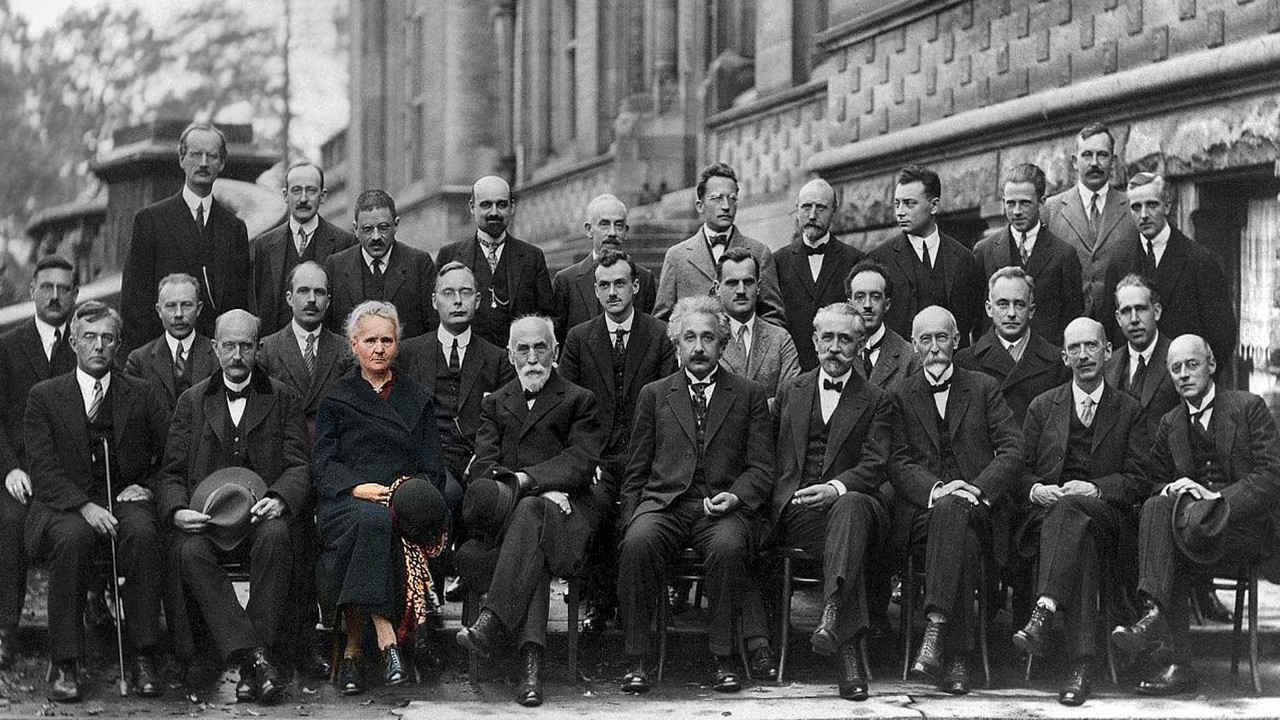
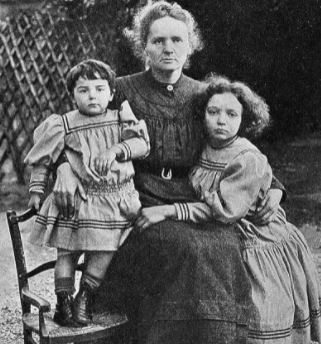


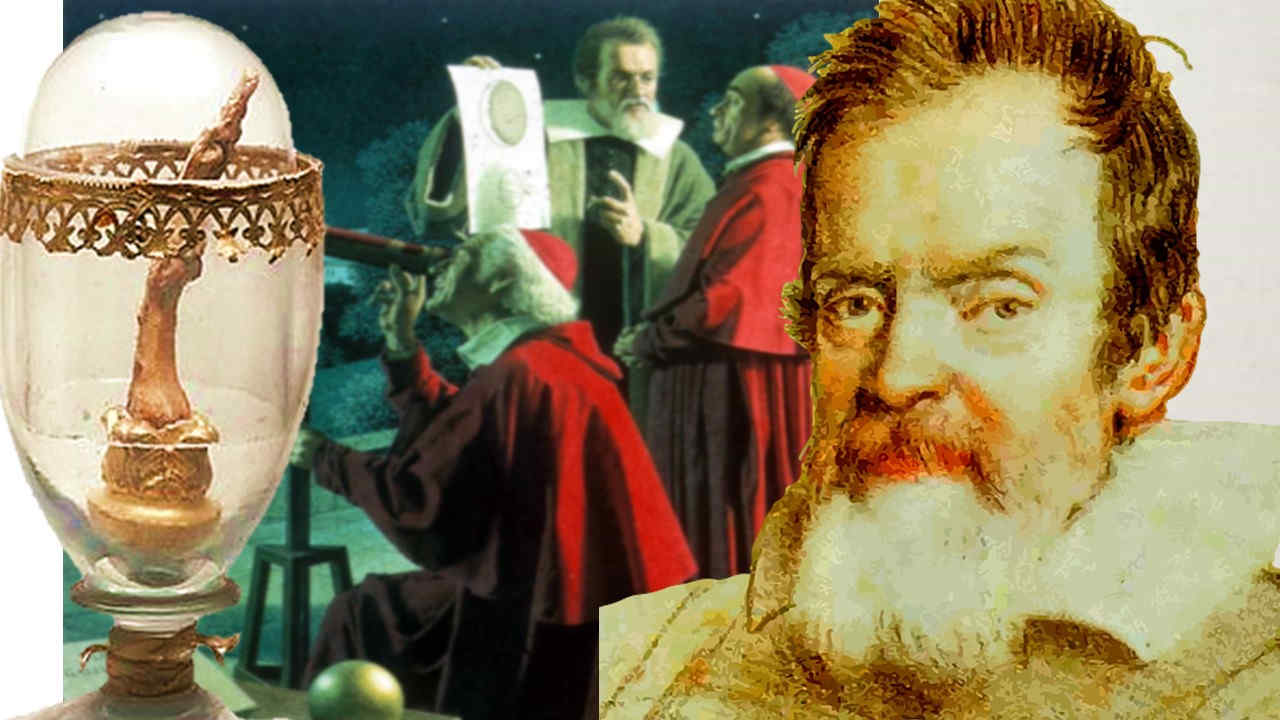
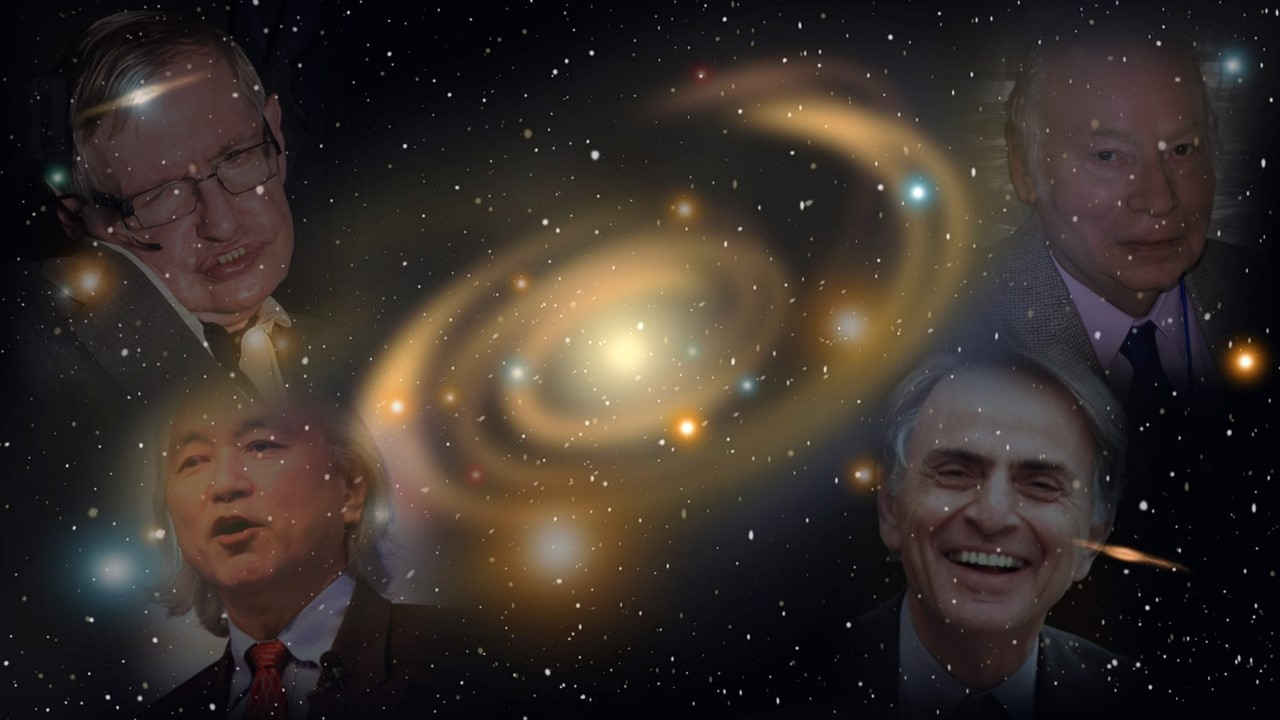





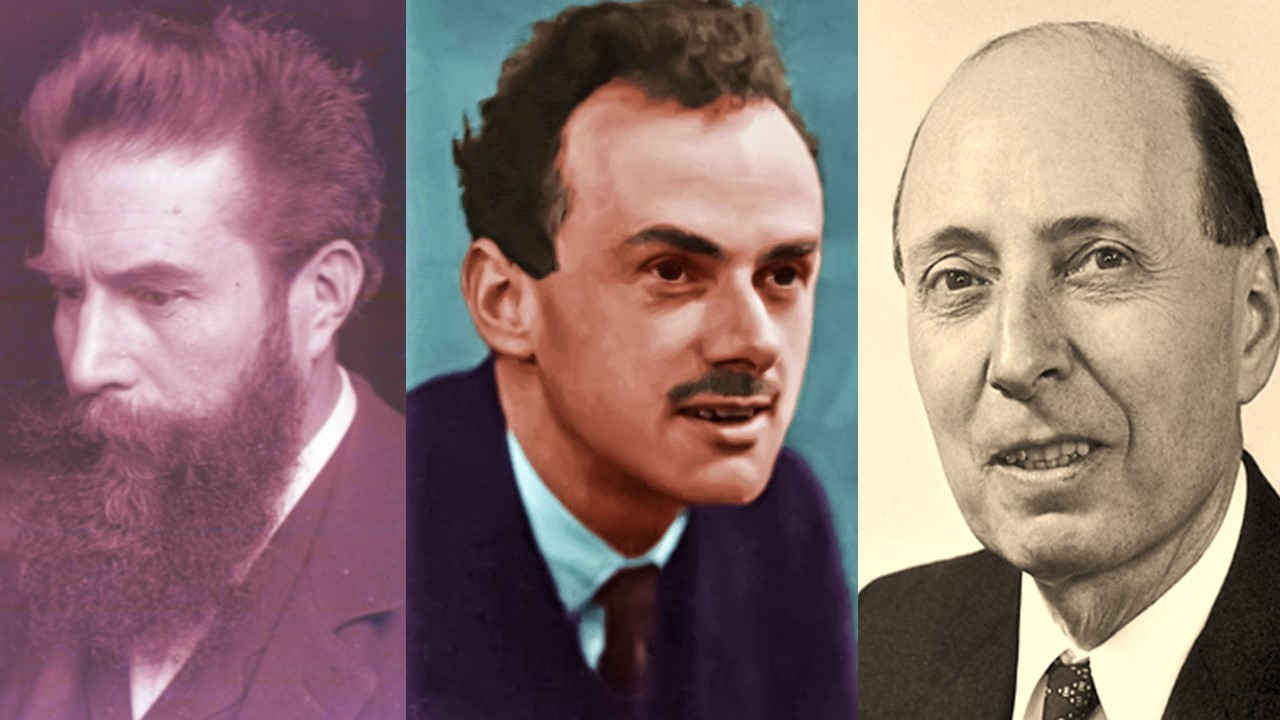
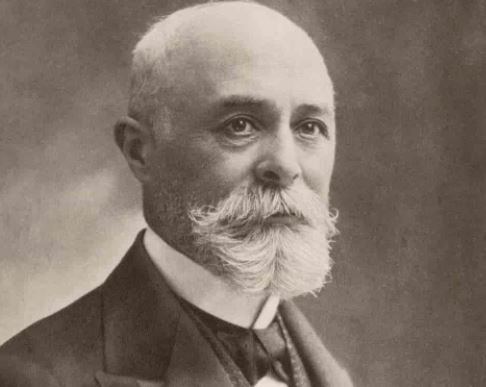




 Physics, astronomy and science history blog for students
Physics, astronomy and science history blog for students